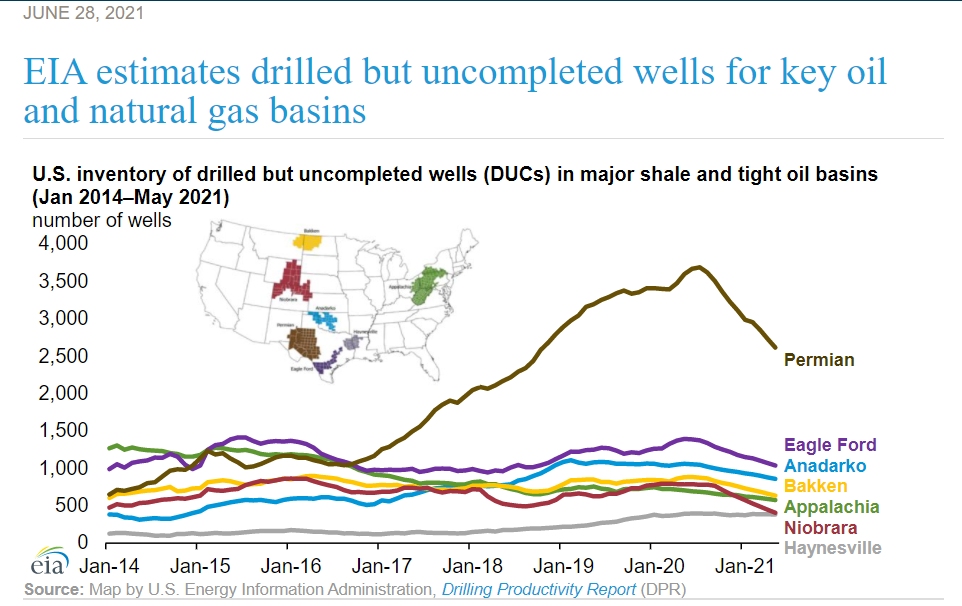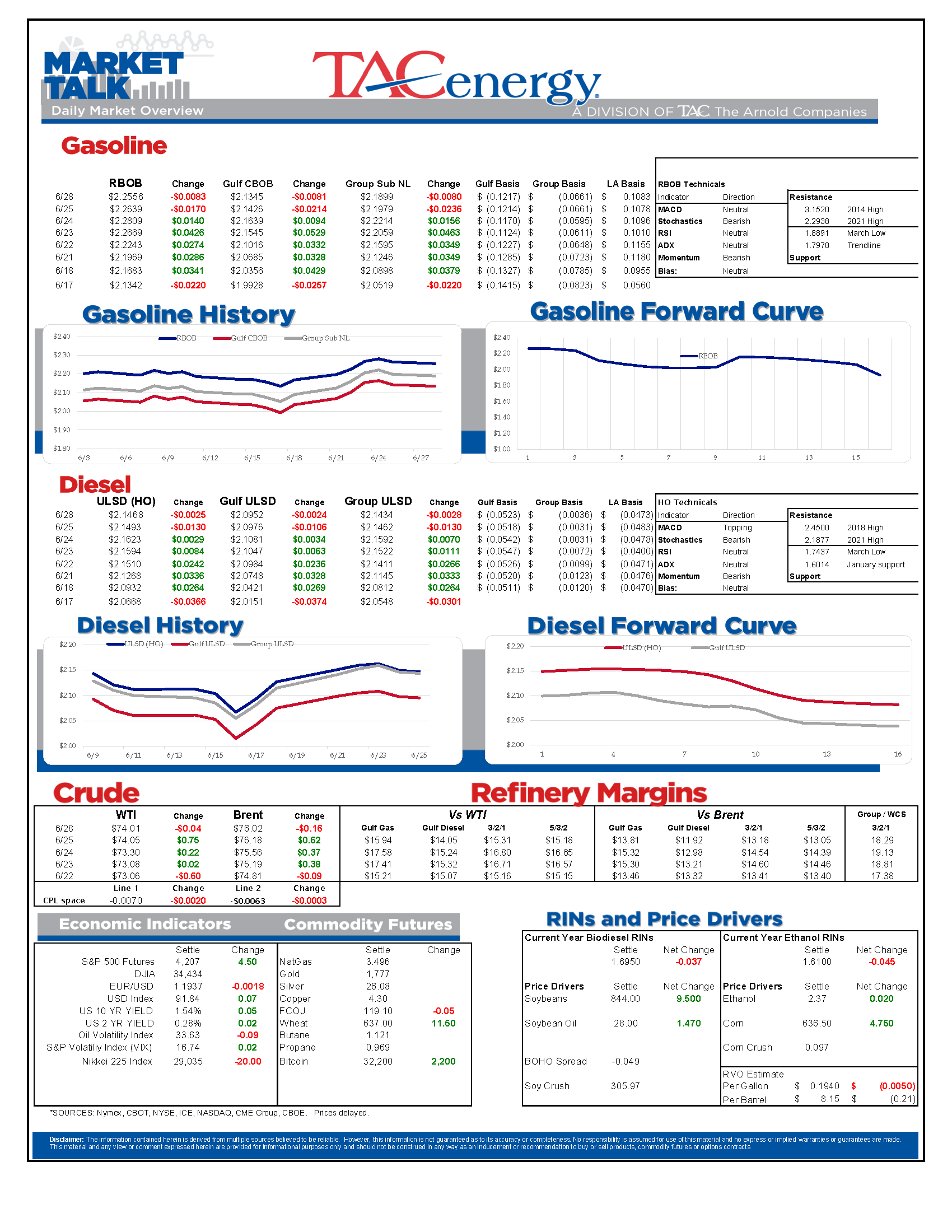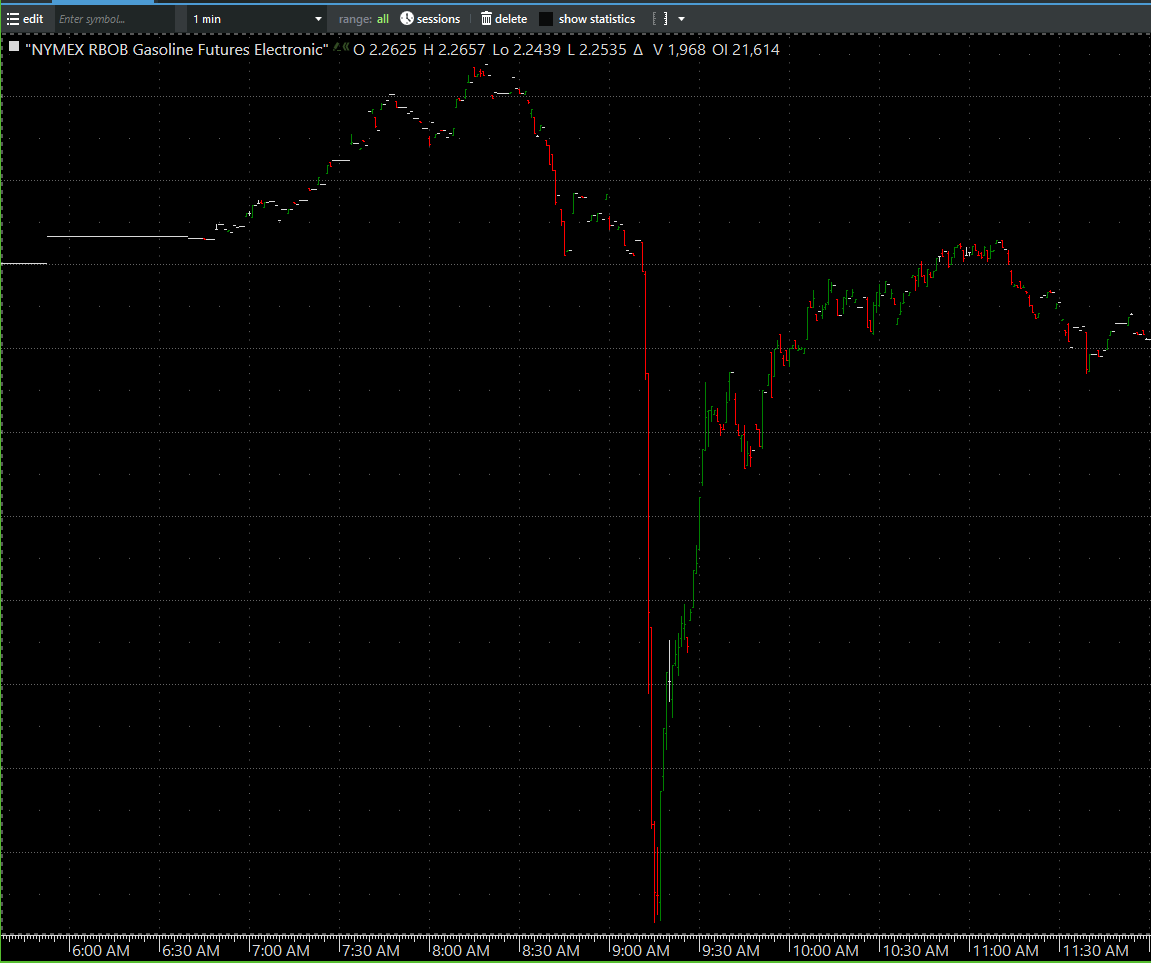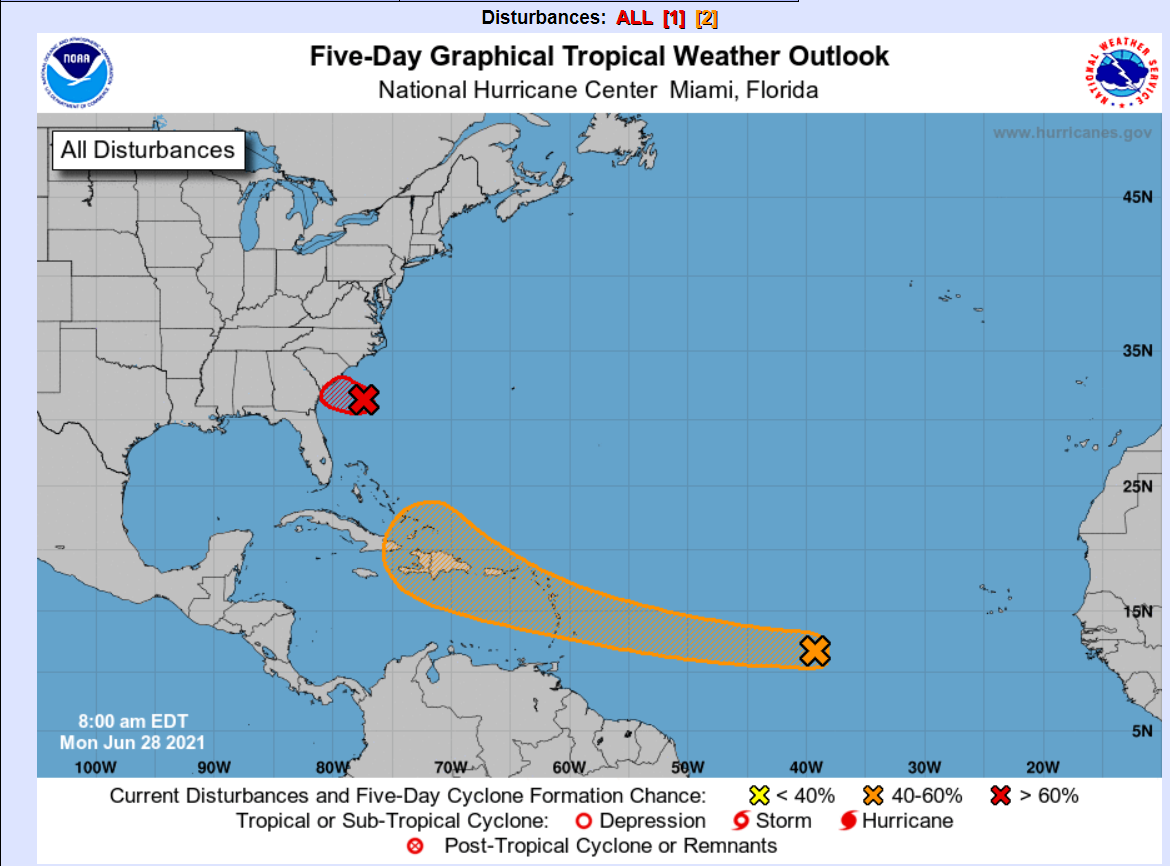Big Story Out Of Washington Snaps Refined Product Winning Streak

Oil prices are holding steady, while refined products are facing modest selling pressure to start the week. The OPEC & friends meeting that officially kicks off Thursday should be the major price-driving story this week, after a big story out of Washington snapped the refined product winning streak on Friday.
RIN values traded up nearly a dime early Friday morning but fell sharply after the Supreme Court ruled in favor of small refiners seeking exemptions to the RFS, overturning a lower court ruling. D6 values reached $1.74 prior to the ruling, and ended the day trading around $1.48. Since the high/low range for the day was so large, most reporting agencies showed only small changes on the day, but should catch up with the larger downward move today, unless of course the RIN rollercoaster cranks back up.
Refined products saw a bit of a flash crash in the wake of the news, with RBOB prices dropping 8 cents in 5 minutes following the report, after reaching a 7 year high earlier in the day, only to quickly recover those losses as cooler heads trading algorithms prevailed. It’s important to note that while the ruling opens the door for refiners to petition the EPA for a waiver, the agency still gets to determine which plants qualify, which helps explain why RIN values – while lower on the day – remain at historically high levels.
The EIA’s refining capacity report showed total throughput capability in the US dropped nearly 5% last year, the largest drop since the great recession as plants struggled to survive the demand collapse caused by COVID lockdowns. The Supreme Court ruling on small refinery waivers may help prevent this list from continuing to grow in 2021 since the RVO nearing $10/barrel this year could certainly be the difference between profitability and insolvency for several facilities.
The U.S. launched air strikes on Iranian-backed militia in Iraq and Syria over the weekend. So far, there has not been further escalation from the attacks labeled as “self-defense” but they certainly don’t seem to be moving the parties closer to one another in the ongoing nuclear treaty negotiations.
A storm system off of the South Carolina coast is given 70% odds of development this week, but should reach land in the next day or two, preventing it from strengthening too much. It also happens to be in an area without any refineries, so should not be a supply disrupter except for traffic in the Charleston and Savannah port areas. The storm system moving across the Atlantic is now given 40% odds of development this week, although it still looks like a long shot to get into the Gulf of Mexico where it would become a supply threat.
Click here to download a PDF of today's TACenergy Market Talk.
News & Views
View All
The Recovery Rally In Energy Markets Continues For A 3rd Day
The recovery rally in energy markets continues for a 3rd day with refined product futures both up more than a dime off of the multi-month lows we saw Wednesday morning. The DJIA broke 40,000 for the first time ever Thursday, and while it pulled back yesterday, US equity futures are suggesting the market will open north of that mark this morning, adding to the sends of optimism in the market.
Despite the bounce in the back half of the week, the weekly charts for both RBOB and ULSD are still painting a bearish outlook with a lower high and lower low set this week unless the early rally this morning can pick up steam in the afternoon. It does seem like the cycle of liquidation from hedge funds has ended however, so it would appear to be less likely that we’ll see another test of technical support near term after this bounce.
Ukraine hit another Russian refinery with a drone strike overnight, sparking a fire at Rosneft’s 240mb/day Tuapse facility on the black sea. That plant was one of the first to be struck by Ukrainian drones back in January and had just completed repairs from that strike in April. The attack was just one part of the largest drone attack to date on Russian energy infrastructure overnight, with more than 100 drones targeting power plants, fuel terminals and two different ports on the Black Sea. I guess that means Ukraine continues to politely ignore the White House request to stop blowing up energy infrastructure in Russia.
Elsewhere in the world where lots of things are being blown up: Several reports of a drone attack in Israel’s largest refining complex (just under 200kbd) made the rounds Thursday, although it remains unclear how much of that is propaganda by the attackers and if any impact was made on production.
The LA market had 2 different refinery upsets Thursday. Marathon reported an upset at the Carson section of its Los Angeles refinery in the morning (the Carson facility was combined with the Wilmington refinery in 2019 and now reports as a single unit to the state, but separately to the AQMD) and Chevron noted a “planned” flaring event Thursday afternoon. Diesel basis values in the region jumped 6 cents during the day. Chicago diesel basis also staged a recovery rally after differentials dropped past a 30 cent discount to futures earlier in the week, pushing wholesale values briefly below $2.10/gallon.
So far there haven’t been any reports of refinery disruptions from the severe weather than swept across the Houston area Thursday. Valero did report a weather-related upset at its Mckee refinery in the TX panhandle, although it appears they avoided having to take any units offline due to that event.
The Panama Canal Authority announced it was increasing its daily ship transit level to 31 from 24 as water levels in the region have recovered following more than a year of restrictions. That’s still lower than the 39 ships/day rate at the peak in 2021, but far better than the low of 18 ships per day that choked transit last year.
Click here to download a PDF of today's TACenergy Market Talk.

Energy Prices Found A Temporary Floor After Hitting New Multi-Month Lows Wednesday
Energy prices found a temporary floor after hitting new multi-month lows Wednesday morning as a rally to record highs in US equity markets and a modestly bullish DOE report both seemed to encourage buyers to step back into the ring.
RBOB and ULSD futures both bounced more than 6 cents off of their morning lows, following a CPI report that eased inflation fears and boosted hopes for the stock market’s obsession of the FED cutting interest rates. Even though the correlation between energy prices and equities and currencies has been weak lately, the spillover effect on the bidding was clear from the timing of the moves Wednesday.
The DOE’s weekly report seemed to add to the optimism seen in equity markets as healthy increases in the government’s demand estimates kept product inventories from building despite increased refinery runs.
PADD 3 diesel stocks dropped after large increases in each of the past 3 weeks pushed inventories from the low end of their seasonal range to average levels. PADD 2 inventories remain well above average which helps explain the slump in mid-continent basis values over the past week. Diesel demand showed a nice recovery on the week and would actually be above the 5 year average if the 5% or so of US consumption that’s transitioned to RD was included in these figures.
Gasoline inventories are following typical seasonal patterns except on the West Coast where a surge in imports helped inventories recover for a 3rd straight week following April’s big basis rally.
Refiners for the most part are also following the seasonal script, ramping up output as we approach the peak driving demand season which unofficially kicks off in 10 days. PADD 2 refiners didn’t seem to be learning any lessons from last year’s basis collapse and rapidly increased run rates last week, which is another contributor to the weakness in midwestern cash markets. One difference this year for PADD 2 refiners is the new Transmountain pipeline system has eroded some of their buying advantage for Canadian crude grades, although those spreads so far haven’t shrunk as much as some had feared.
Meanwhile, wildfires are threatening Canada’s largest oil sands hub Ft. McMurray Alberta, and more than 6,000 people have been forced to evacuate the area. So far no production disruptions have been reported, but you may recall that fires in this region shut in more than 1 million barrels/day of production in 2016, which helped oil prices recover from their slump below $30/barrel.
California’s Air Resources Board announced it was indefinitely delaying its latest California Carbon Allowance (CCA) auction – in the middle of the auction - due to technical difficulties, with no word yet from the agency when bidders’ security payments will be returned, which is pretty much a nice microcosm for the entire Cap & Trade program those credits enable.





